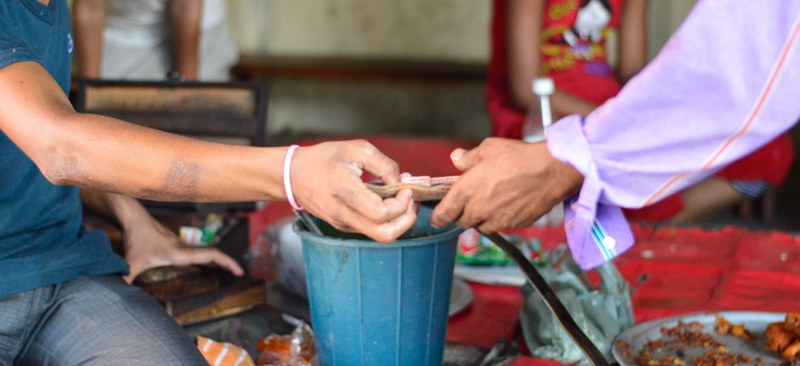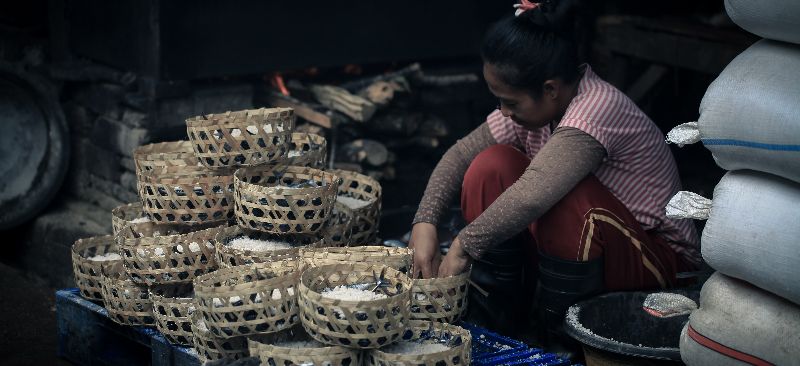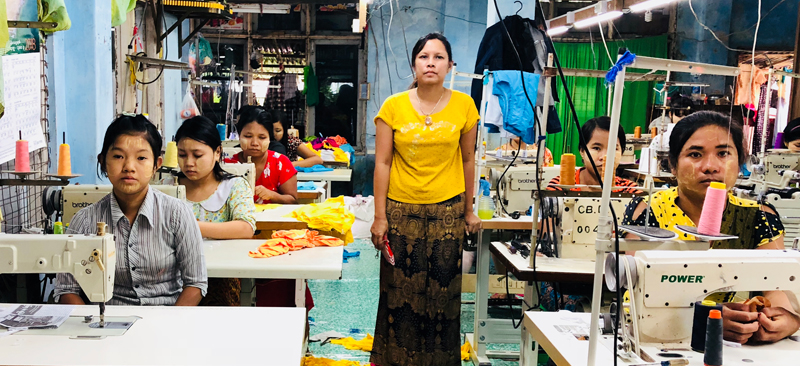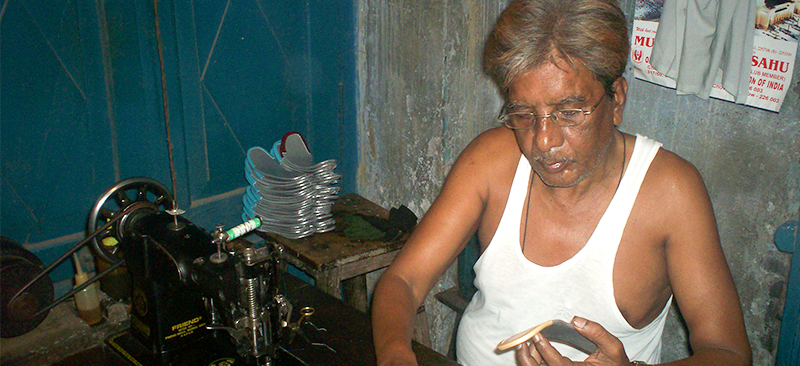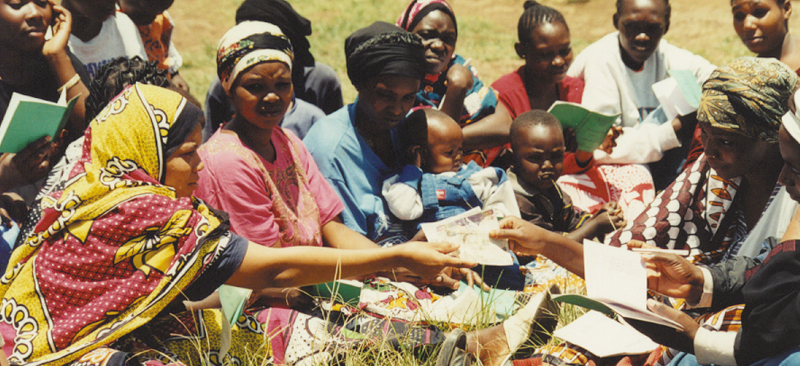Watch this short video depicting India’s journey in Direct Benefit Transfer. The video summarises the progress of LPG subsidy reform & its impact through schemes like PAHAL, ‘Give It Up’ campaign and Ujjwala.
Blog
MSC’s Government and Social Impact domain: Aiding governance, bettering lives
For 20 years, MSC has been a part of underprivileged households understanding their financial behaviour and associated challenges and issues.Through the years a crucial learning has been the “intent-action gap” inhibiting the efficacy of government programmes. In 2013, the Government and Social Impact domain (erstwhile Government to People domain) took shape. In the past five years the domain’s work has spanned a great width, right from scheme based assessment and evaluation to policy design and implementation. We believe that the most effective knowledge is shared knowledge. Therefore, GSI domain is also leveraging years of experience from India to assist countries in other geographies to better design their financial inclusion and implementation policies.
Leveraging Technology for Meaningful Financial Inclusion
Catch the highlights and takeaways from our latest Thinkshop 2013 – ‘Leveraging Technology for Meaningful Financial Inclusion’ – held in Kuala Lumpur, Malaysia.
Can “Behavioural Science” Bell Scheme Design Cat? Insights from Exploratory Research on the Public Distribution System in India
Having tasted success with the Modified Direct Benefit Transfer for Liquefied Petroleum Gas (MDBTL) through Pahal (though sceptics have their doubts), the Government of India is dropping hints that it plans to expand the ambit of DBT further to other subsidy programmes. At about INR 460 billion ($7.4 billion), MDBTL seems to be huge, but it pales in comparison with subsidies through the “Public Distribution System (PDS)”, which are about INR 1,150 billion ($18.6 billion). The Shanta Kumar Committee, which was set up to look into the PDS system, has recommended “Direct Benefit Transfer (DBT)” for PDS. The committee believes that DBT can take care of many “ills”, the biggest of which is diversion of food grains – alleged to be to the tune of 50-60 per cent of entire stocks intended for distribution. The government has decided to pilot a few alternative distribution models, including:
1. Digitisation of the PDS beneficiaries’ database and digitised stocks of commodities – allowing commodities to be issued to individuals on the basis of biometric identification – thus eliminating leakages to bogus beneficiaries.
2. Issuing food vouchers through which PDS beneficiaries can buy commodities from fair-price shops.
3. Direct benefit transfer of a certain amount of cash (fixed for a certain period, inflation-adjusted) to the bank account of individual beneficiaries to enable them to buy commodities from the shop of their choice.
While so much is brewing in this immensely large cauldron of pilot and implementation, one key stakeholder is conspicuous by his/her absence. The beneficiary, who should have been at the centre of design of all these programmes, has, again, been simply ignored. MicroSave has been quite vocal about this for long (see, for example, Communication: Achilles heels of DBT I and II).
Since its inception in 1998, MicroSave has advocated (and practiced) basing all product and delivery channel design on customers’ needs. The refined customer-centric approach through “Market Insights for Innovation and Design (MI4ID)” is core to MicroSave’s philosophy, to ensure that consumer insights drive design. Using this approach, anchored on behavioural sciences, we conducted research to explore: “What will make PDS beneficiaries opt for direct benefit transfer (DBT) of cash in PDS?”
We collected insights into beneficiary behaviour to understand: i) why, if at all, would beneficiaries shift to DBT from the current PDS system? and ii) how are they likely to use it?
We conducted the research with three different segments:
1. The poorest Antodaya Anna Yojna (AAY) beneficiaries are eligible to avail 35 kgs/month of food grains (rice and wheat) along with 3 kgs of sugar and 3 litres of kerosene for a total of Rs.180-190 ($3).
2. The Below Poverty Line (BPL) beneficiaries are eligible to avail 35 kgs/month of food grains (rice and wheat) along with 3 kgs of sugar and 3 litres of kerosene for a total of Rs.280-290 ($4.60).
3. The Above Poverty Line beneficiaries can avail only 2.5 litres/month of kerosene for Rs.45 ($0.73).
The research examined the drivers likely to shift beneficiaries under the current PDS system to the third alternative delivery model — DBT. The insights provide a glimpse into the design considerations that the Government will have to consider in designing/launching a DBT programme for PDS.
Challenges with the current PDS
Challenges with the current PDS are common for all, irrespective of the category they belong to: the service standards of PDS dealers are, almost universally, lamentable. The quality of food grains is, at best, sub-standard. The quality of rice is such that typically beneficiaries can consume it only after grinding it to powder form. Another major challenge is that, despite the all-day, every day opening hours mandated by the government, FPSs often open only for two-three days in a month – at the convenience of the FPS dealer. Beneficiaries unable to avail their commodities in the window when the FPS is open have to let go of their allotted rations for the month and are not entitled to get their forfeited quota in the next month.
Dependence on PDS ration is the anchor
Our research tells us that AAY beneficiaries, who are the most dependent on PDS, are anchored to the volume/value of their PDS benefit. Thus, they use this as their reference point when thinking about any proposed changes, because of the reassuring certainty of getting a specific amount of cereals, sugar and kerosene at a fixed and well-subsidised price. The BPL category customers, although they get a similar quantity and range of commodities at a marginally less subsidised price through FPS, are less dependent on the PDS given their better financial status. When it comes to APL, eligible to avail only kerosene through FPS on regular basis, there is no love lost for PDS. They are ready to shift to DBT immediately.
 It is easy to conclude that as dependence on PDS goes down, inclination towards receiving the DBT rises. However, in order to make sure that all the categories of beneficiaries are ready to shift, it is imperative to move their reference points with regards to PDS. In case of AAY beneficiaries, the new reference point will be “choice” and “assurance”. It will be choice of shop from which to buy, and the assurance of being able to buy an equivalent quantity (unaffected by “leakage” or price fluctuations) and better quality of commodities. For BPL beneficiaries, the new reference point will be the ability to choose to buy the equivalent quantity/quality of commodities at a convenient time – without the fear of forfeiting rations because they are unable to visit the FPS in the brief window it is open. APL beneficiaries will be focused on the convenience of choosing the time and place to buy their kerosene without the hassle of standing in queues.
It is easy to conclude that as dependence on PDS goes down, inclination towards receiving the DBT rises. However, in order to make sure that all the categories of beneficiaries are ready to shift, it is imperative to move their reference points with regards to PDS. In case of AAY beneficiaries, the new reference point will be “choice” and “assurance”. It will be choice of shop from which to buy, and the assurance of being able to buy an equivalent quantity (unaffected by “leakage” or price fluctuations) and better quality of commodities. For BPL beneficiaries, the new reference point will be the ability to choose to buy the equivalent quantity/quality of commodities at a convenient time – without the fear of forfeiting rations because they are unable to visit the FPS in the brief window it is open. APL beneficiaries will be focused on the convenience of choosing the time and place to buy their kerosene without the hassle of standing in queues.
Thus, to make shift to DBT for PDS attractive to all beneficiary categories, the government will have to highlight the benefits that DBT offers. A carefully crafted communication campaign to this effect should highlight that with DBT for PDS, beneficiaries will have the choice of shop from which to buy, as well as the ability to select the commodity on which they spend the money. They will also be able to choose the quantity/quality trade-off on what they buy – all at a time, and in the shop, of their choice.
Take away for Government
PDS is a hugely important and sensitive programme given the large and vulnerable population dependent on it. Accordingly, it is essential that the government designs, tests and communicates the delivery of DBT in PDS engaging the end-customer at every stage – pre-design exploration, pilot-testing, launch and post launch! Looking at the complexities involved in PDS, it is imperative for the government to conduct a detailed market and behavioural research before changing the existing system. The proposed pilots are an important first step. However, the end user’s perspective is key to their success (or failure) – they are not passive recipients.
DBT in education: A study on delivery of in-kind benefits to elementary school students in Uttar Pradesh
The government estimates that DBT programmes will cumulatively save the central government ~INR 82,985 crore10 (USD 15 billion) by the year-end, 2018. With respect to education, scholarship programmes have seamlessly moved into the fold of DBT. Money is being transferred into the bank accounts of beneficiaries rather than being handed over as cheques. In-kind transfers have begun using MIS platforms for multiple functions and are now being termed DBT. The Department of Basic Education (DoBE) distributes unconditional, universal, in-kind benefits annually to school children11 between classes I–VIII. MicroSave conducted a study in Uttar Pradesh on DBT in education. We specifically looked at in-kind benefits transfers to school children. We conducted a study based on primary qualitative research and affiliated techniques. We covered the districts of Gorakhpur, Lalitpur, Lucknow, and Meerut to ensure a representative sample for the study.
Digital Credit- challenges and potential
This video gives market insights from Kenya: The number of people who have borrowed digital loans, the portfolio quality of these loans as well as the number of people negatively listed on the credit reference bureau
